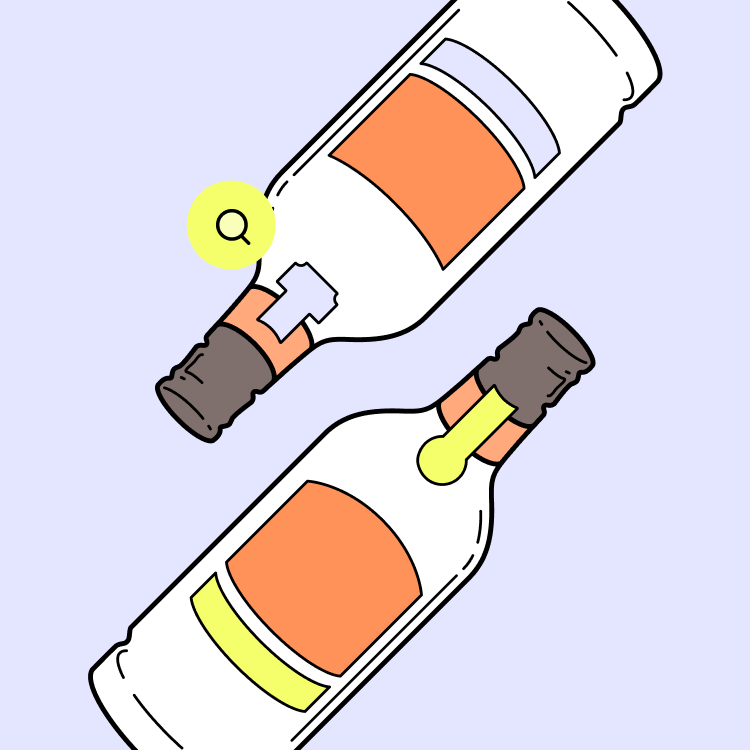How much you drink and who you are determine how drinking beer, wine or spirits can affect your health. To help adults who choose to drink make informed decisions, the governments of various countries around the world have developed drinking guidelines (1).
They consider not only how much people drink, but the differences that influence the effect alcohol can have. As individual governments approach this question in different ways, there’s no single and unified drinking guideline used everywhere around the world (1).
Drinking guidelines provide advice about drinking and how it can affect your health.
As alcohol affects men and women differently, most drinking guidelines from countries around the world offer specific advice depending on biological sex. They tend to recommend lower levels of alcohol for women than men.
Other countries’ guidelines offer day-to-day advice, such as recommended daily limits, and there are countries that provide both daily and weekly recommendations.
Particular drinking patterns, binge drinking for example, are reflected in some drinking guidelines. Recommendations may also be provided based on age, including no drinking for anyone below the legal drinking age, for pregnant women and elderly people, for whom drinking may represent a risk.
To find out more about the advice given in official drinking guidelines around the world, click here. This information may help you make your own decisions.
Being aware of how many units you drink can help put guidelines into context
You've probably already heard of 'alcohol units' [link to 'What is an alcohol unit?' article], and they can be a useful way to understand and follow the advice given in drinking guidelines. In the UK, one unit equals eight grams of ethanol, and it’s exactly the same whether you’re drinking beer, wine or spirits (3).
However, drinks are not often served in the exact suggested amounts. For example, if you’re drinking at home with friends or drinking a particular cocktail that includes multiple spirits, you may be served more than a single unit, and, therefore, your drink of wine, beer or spirits may contain more alcohol than 8g. As a result, this often makes it difficult to actually track how many units you’re consuming and know if you’ve exceeded what’s recommended.
Units are a useful benchmark, but we’re all different. To get information most appropriate for your situation and drinking pattern, it’s best to consult a health professional who can help you identify risks.






